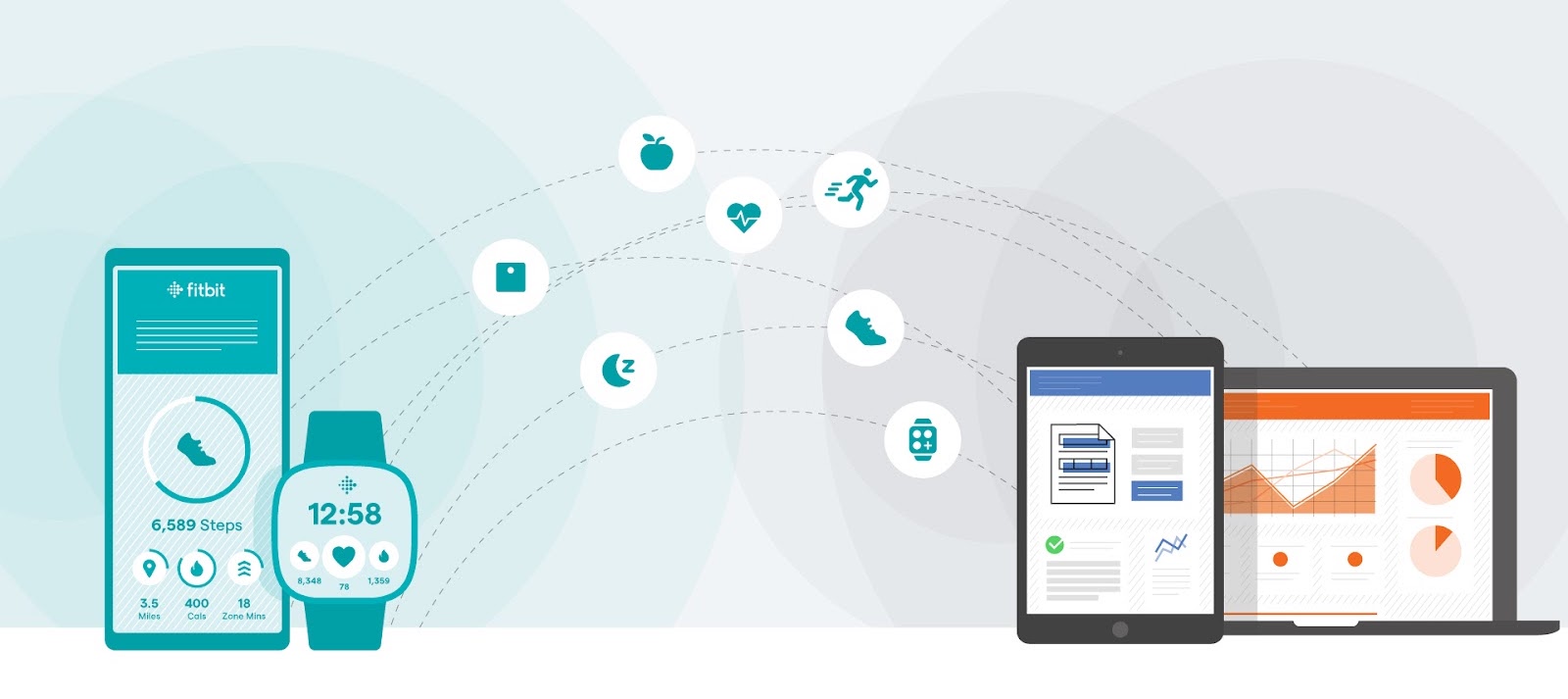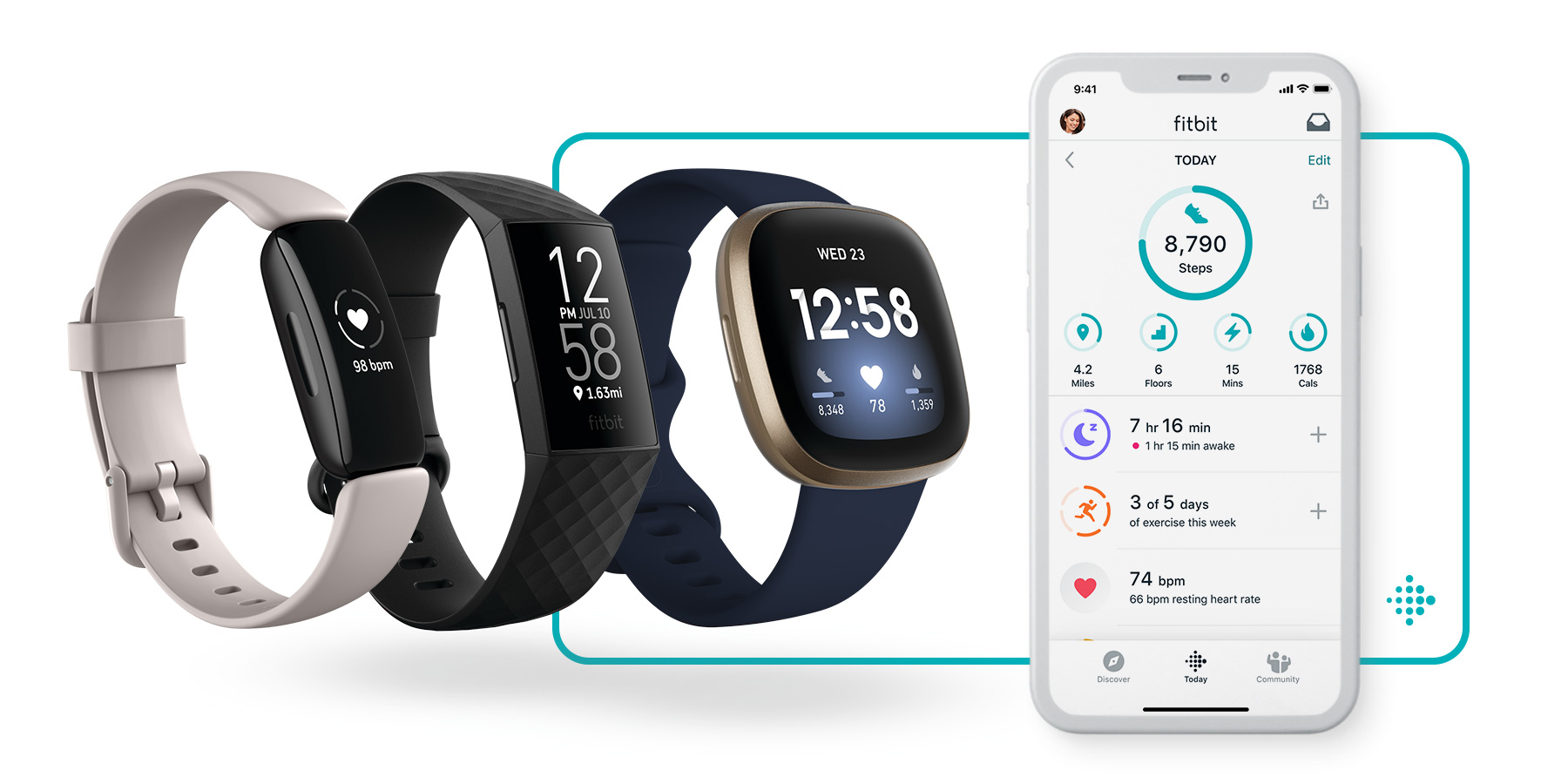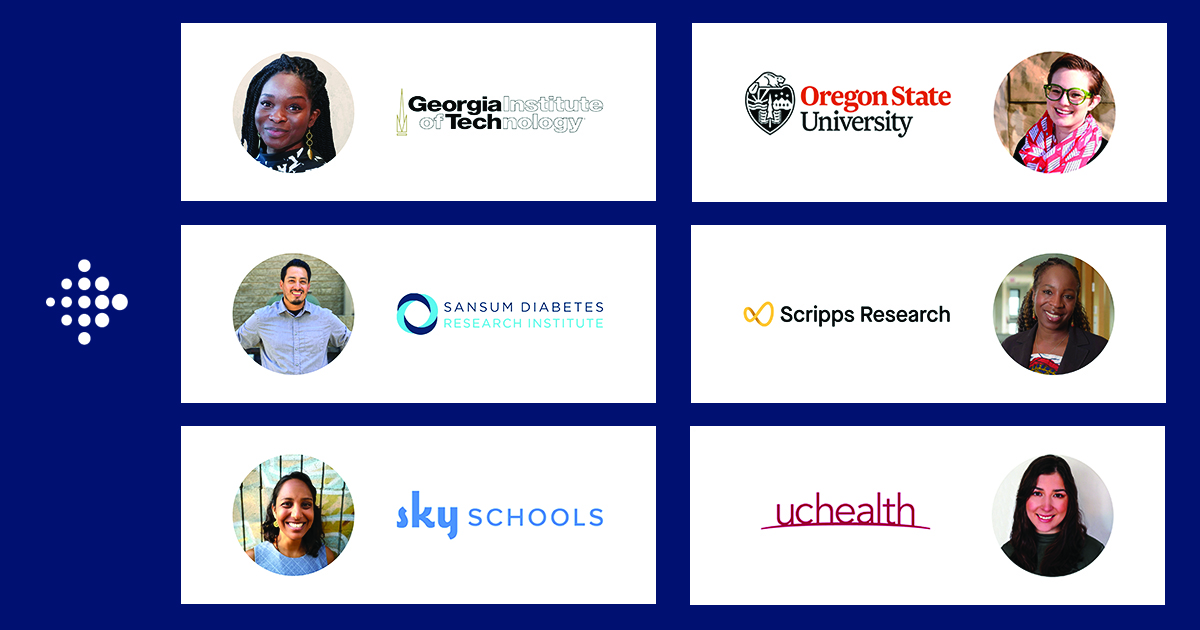Enhance Health Research with New Data Endpoints from Fitbit Devices
Fitbit has worked with the research community since 2013 to address critical challenges in the health research space, focusing on key opportunity areas like increasing participation, decreasing attrition, and making the experience simple and engaging for research participants. Unlike traditional clinical wearable devices or manual health logs, Fitbit’s sleek design and seamless Bluetooth integration make participating in research easy, while the devices provide a fun and exciting incentive for users.
Fitbit devices allow researchers to collect real-world health information, and our Web API is designed to give developers the ability to quickly and easily leverage research participants’ user data. This can help streamline the end-to-end process for research teams and research participants alike, helping to reduce attrition rates and improve the quality of data collected.
In addition to the activity, heart rate, and sleep data already available through our Web API, we are excited to announce the following newly available endpoints:
- Heart Rate Variability (HRV)
- SpO2
- Breathing Rate
- Temperature
- Sleep Logs
- Cardio Fitness Score
- Active Zone Minutes (AZM)
- Electrocardiogram (ECG)
Scroll down to learn how each of these new endpoints can help our customers better understand the health of research participants, evaluate the impact of an intervention, monitor post-op progress, enhance chronic disease management programs, and more.
Heart Rate Variability
We use a common formula called RMSDD (Root mean square of the successive differences) to determine HRV from users’ heart rate data. The HRV endpoint provides the RMSDD between heart beats during sleep, measuring variability in the user’s heart rate in milliseconds. Only sleep records greater than three hours are considered. This functionality is available on all current Fitbit models.
SpO2
Fitbit devices have red and infrared sensors that can estimate SpO2 during sleep. Only sleep records greater than three hours are considered here as well. At this time, Fitbit devices do not measure SpO2 levels <80%.
Breathing Rate
This measurement captures a user’s average breaths per minute during sleep. Only sleep records greater than three hours are considered. Factors that can impact breathing rate include age, gender, weight, lung and heart conditions, anxiety, and fever. This functionality is available on all current Fitbit models.
Temperature
Our temperature measurement returns a user’s core and skin temperature. Note that while skin temperature is recorded by the Fitbit device automatically, core temperature must be logged manually in the Fitbit app. This functionality is available on all current Fitbit models.
Sleep Logs
Fitbit sleep logs return information about the source of a sleep log, e.g.., if sleep was recorded automatically by the Fitbit device, or if a user manually recorded their sleep in the Fitbit app. This functionality is available on all current Fitbit models.
Cardio Fitness Score
Fitbit devices estimate a users’ VO2 max and return the optimum rate at which the user’s heart, lungs, and muscles can effectively use oxygen during exercise. Cardio Fitness Score is determined by resting heart rate, age, gender, weight, and other personal information for each user.
Active Zone Minutes (AZM)
Active Zone Minutes (AZMs) are a measure of time spent in elevated heart rate zones, including Fat Burn, Cardio and Peak zones. For each minute spent in the Fat Burn Zone, a user will earn 1 AZM, and for each minute spent in the Cardio or Peak Zone, a user will earn 2 AZMs. This will help you to determine not only if participants are active, but how active they are based on intensity of their activity every day.
Electrocardiogram (ECG)
The Fitbit ECG App, only available on some devices, is used to create and record an ECG when a user takes a 30-second reading, and can analyze the reading for signs of AFib. Only a doctor can diagnose AFib, but the ECG app can let a user know if they have signs of the condition. This endpoint is available for research or investigational use only. Not intended for clinical or diagnostic purposes. More information on the ECG app can be found here .
These new endpoints open up a number of possibilities for our research and clinical partners. For more information on our APIs, consider these additional resources:
- Our Web API Data Dictionary provides information about the other endpoints available from Fitbit devices.
- Developer reference documentation is available in our Web API Reference.
Interested in using Fitbit devices in your own research? Contact us here.



